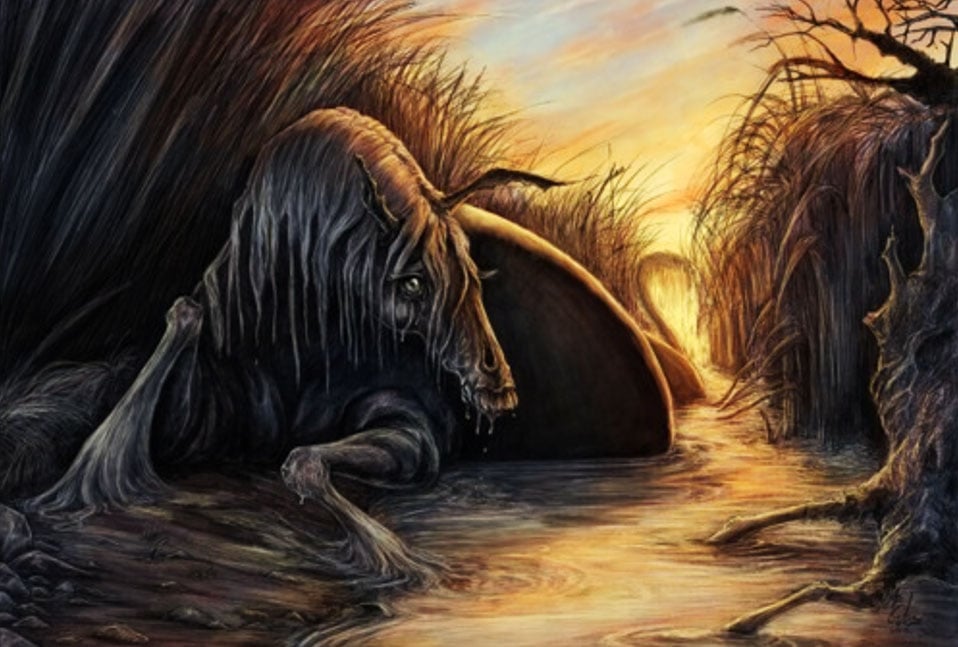Greetings!
I know that are those who are unfamiliar with writing for comic books and graphic novels. So I'm bringing forth knowledge on the craft. First, we'll begin with formats.
*Full Script-This gives the artist and editor the entire story descriptions of scenes, dialogue, sound effects. Character dialogue is written in all caps. Action descriptions of characters and setting are described in each panel up to several paragraphs or less. Plus, each page should start fresh on another piece of paper with a notion of how many panels. Another thing to take heed are the modifiers.
- OP=Off panel.
- Thought=dialogue in a word balloon.
- Whisper=dialogue lettered in a whisper balloon.
- SFX=Sound effects.
- Cap=dialogue written in captions.
*Marvel Script- Also know as the Plot Script. This particular style was created by Stan Lee in the 1960's. With this format, the writer breaks down the story and for each page you describe the action and situations that's wished to be represented within the artwork. Panel breakdowns are suggested or given and more or less dialogue is required.
*Now that we got that covered, we now move to the word balloons. When writing word balloons in the comic script, they are formatted in different formats such as italics and bold.
- Word balloon for "punch"= italics. Applies to an irritated character.
- Express yelling= Dark type. Comes in handy when a character is yelling at another character.
- Anger= italics and boldface. Bruce Banner will tell you that one.
- White Area= dropping point size letters. This one occurs when a character's speaking in a strangled voice.
- Thought balloon= puffy cloud. For those who've read comics of days past, you know how characters don't want say something out loud, so the dialogue goes in that balloon. Sadly, no one uses them anymore.
- Illegal Immigrant Effect= Anyone falling into a time portal? The Punisher throwing a hoodlum out the window? Words emerging from the balloon border indicates that a character is being dragged away, pushed out of a window, or off a cliff. In the case of The Punisher, sometimes firearms won't cut it when "punishing" the wicked.
- Attach balloons for conversation= When someone is talking in one panel, attaching one balloon to the next occurs with the following. 1. to convey individual thoughts; 2. to emphasize certain beats; 3. to indicate a measured way of speaking; 4. avoid too many words in a balloon and a massive block type.
- Stacking balloons= Two or more characters speaking to one another. One balloon is inserted between two others in exchange of dialogue. They run horizontally or vertically.
- Wavery balloon= Upper/lowercase letters with a "wavery" look makes the speaker talk with much effort. Best use for when a character is drugged or stark-raving-drunk.
- Burst balloon= Zigzag pattern to indicate shouting, conveying volume and extreme anger. Also referred to as the "static burst" when pointer is to a radio or telephone.
- Narrative caption= For those who read Spider-Girl, DC Comics' Talon, and Wolverine, this is used for first-person narrative. Of course, Harry Dresden does that since his adventures are blended with magical mayhem and noir themes.
- Frosted balloon= icicles dripping off the bottom of the balloon to indicate sarcasm. Best for female characters.
- The whisper= Broken line around balloon to indicate whispering.
- "Hmmm" balloon= This is new here. Found in manga, or Japanese. A place maker where a character has just received a message, or piece of information but doesn't know how to react.
- Heart balloon= Word balloon shaped like a heart indicating love affection. Hugh Grant could use that in his movies.
When submitting comic book scripts, stables like DC Comics, Marvel, Dark Horse, and Top Cow have certain guidelines to follow. Another thing I feel that needed to be addressed is that reading comics and graphic novels plays a part in writing them. Screenplays to start small, if you wish. I recommend that anyone up for the challenge of creating their own super hero or fantasy adventure need to do their homework and pick up books that give insight on this form of writing.
Happy Creations!
*Source: Writing for Comics and Graphic Novels with Peter David.
*Dave A. Law. "How to Write a Full Script for a Comic Script." www.suite101.com Oct. 16, 2001
*Dave A. Law. "How to Format a Comic Script: Part 2." www.suite101.com. Oct. 30, 2001

